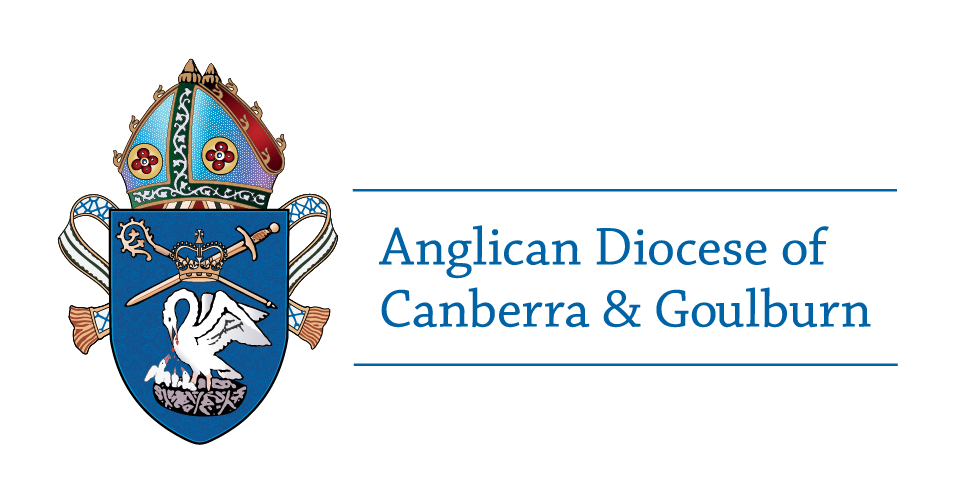History of the Diocese
The Anglican Church which was the established religion in England, came to Australia in 1788 as the chaplaincy to the settlement at Sydney. The subdivision of the Diocese of Australia began with the formation of the Diocese of Tasmania in 1842 followed by Newcastle, Melbourne and Adelaide in 1847.
The Diocese of Goulburn separated off from Sydney in 1863 and was established as a separate diocese (the Diocese of Goulburn) in 1863, under Letters Patent issued by Queen Victoria, when Goulburn was created as Australia’s first inland City.
Goulburn
The area that has since become the City of Goulburn was passed in 1818 by surveyor John Meehan and Hamilton Hume. The Goulburn Plains were named after the Secretary of State for War and Colonies, Henry Goulburn and settlers started arriving in 1825. From the 1830s Goulburn was the centre for police operation in the southern region (the Police College remains today). In 1863 the town was the last in the British Empire to become a city by virtue of a Royal Letters Patent, creating a Bishopric.
The mother church of the Diocese is St Saviour’s Cathedral in Goulburn.
Canberra
The Australian Capital Territory (ACT) was established in 1911 to create a capital for the newly federated country of Australia.
Located on the ancient lands of the Indigenous Ngunnawal people, Canberra’s name is thought to mean meeting place.
European settlers first came in the 1830s, and the area was chosen for the federal capital in 1908. An international design competition was held in 1912 for the design of Canberra. The winner was Walter Burley Griffin. In 1913 Canberra was officially named the new Australian capital and in 1927 a provisional Parliament House was opened.
With the growth and development of Canberra as the National Capital, in 1950 the Diocese was renamed the Diocese of Canberra and Goulburn.
The Diocese of Canberra and Goulburn is one of 23 Dioceses that make up the Anglican Church of Australia.
The Diocese of Canberra and Goulburn is a rich and diverse Diocese spanning a large area, including all of the ACT and the south-eastern corner of NSW, extending as far as Wagga Wagga in the west, Marulan in the north and the Far South Coast. Each of these regions has a distinctive history and sense of community.

